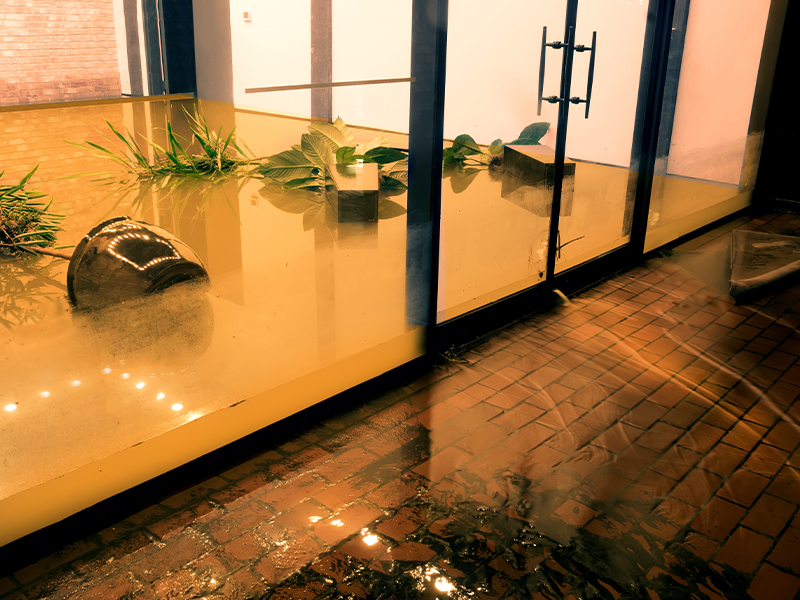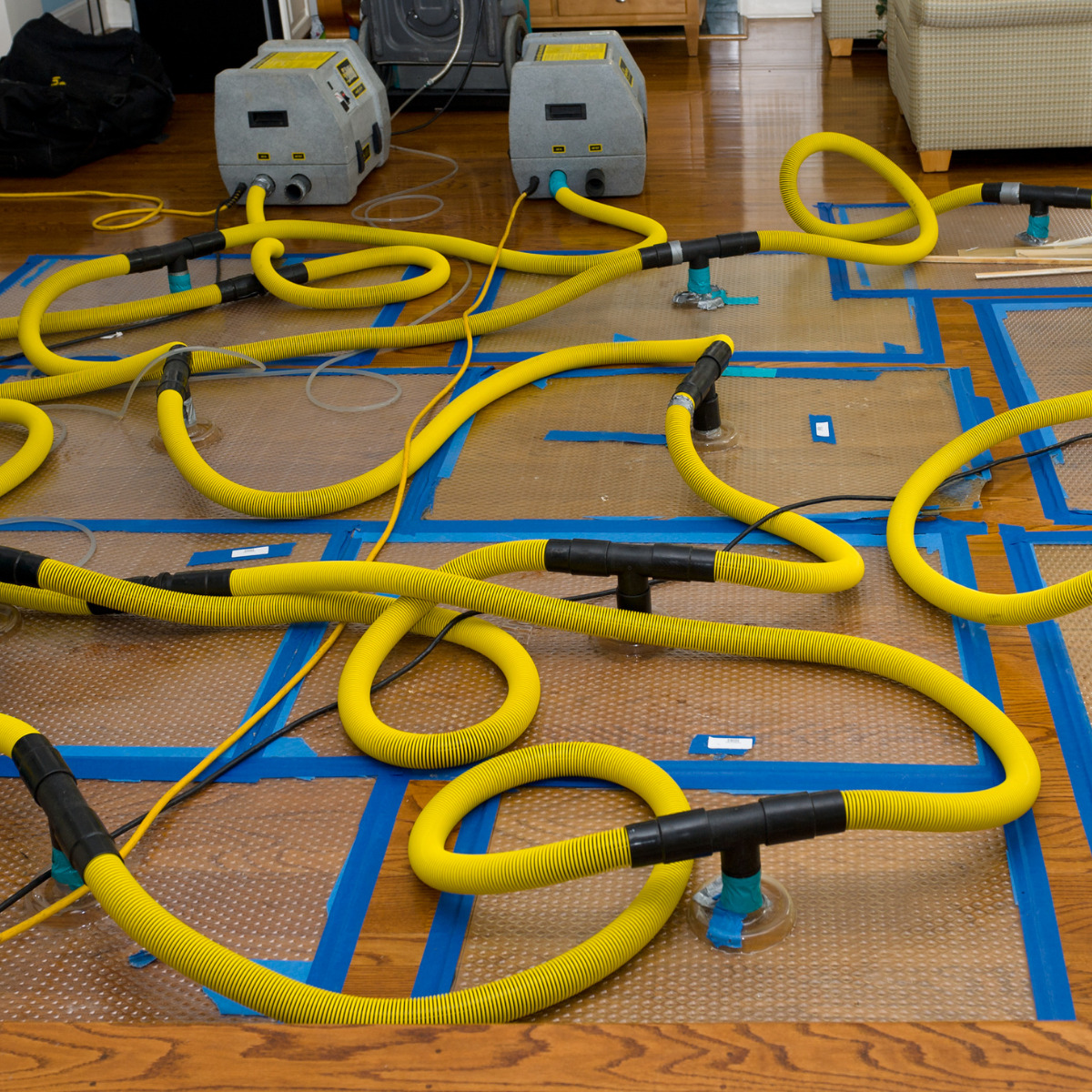Extensive Mold Remediation Philadelphia: Crafting a Much Healthier Indoor Atmosphere
Wiki Article
Emergency Situation Water Damage Restoration: Swift Response to Decrease More Damages
Water damages can strike all of a sudden and leave devastating results on homes and services. When faced with such a situation, a quick feedback is critical to lessen additional damages and avoid possible carcinogen. Yet what precisely does emergency situation water damages remediation involve? In this conversation, we will explore the value of immediate action, the analysis procedure, the actions associated with water removal and drying out, mold prevention and removal, and eventually, the restoration of the afflicted area. By understanding the necessity and detailed nature of this procedure, you will certainly acquire beneficial insights into how specialists deal with emergency water damages, making certain a swift and effective response.Value of Swift Response
Swift feedback is of utmost value in water damage reconstruction to lessen further damages and reduce potential threats. The longer water sits in a building, the even more damage it can create.
One of the major factors swift response is crucial in water damages remediation is to avoid the development of mold and mold. Mold can begin to grow within 24 to two days of water exposure, and as soon as it takes hold, it can spread out quickly throughout the affected location. Mold not only creates further damages to the structure of the building yet likewise presents health and wellness risks to residents. By reacting promptly, experts can thoroughly dry out the location and hinder the development of mold, decreasing the need for comprehensive removal and ensuring the security of those entailed.
Water damage can be devastating, especially when it affects individual things of nostalgic or financial worth. Acting promptly allows professionals to examine the damages and implement suitable restoration strategies to restore as much as possible.
Assessing the Level of Damages

Throughout the evaluation, remediation experts completely analyze the affected area to recognize noticeable indicators of damages, such as water spots, distorted materials, and mold development. They additionally make use of specific equipment to spot hidden damages, such as dampness meters and thermal imaging cams. This detailed assessment allows them to properly figure out the degree of the damage and create a tailored restoration strategy.
Since it helps specialists prioritize their efforts,Assessing the level of water damage is essential. They can determine areas that call for immediate focus, such as standing water removal and drying out, to stop further damages and minimize the threat of mold development. They can likewise establish the areas that require repair work or substitute, making sure that no damage goes without treatment or unnoticed.

Water Extraction and Drying Out Process
The water removal and drying procedure is a vital action in water damages repair, as it involves the removal of excess water and the comprehensive drying of the afflicted area to protect against more damage and minimize the threat of mold development. After assessing the extent of the water damage, the following action is to extract the water from the affected area.Once the excess water has been drawn out, the drying out procedure starts. This action is crucial in avoiding secondary damages, such as architectural damage and the development of mold and mildew. High-powered followers and dehumidifiers are made use of to distribute air and get rid of wetness from the air and surface areas. The drying out procedure might take numerous days, relying on the degree of the water damages and the materials included.
It is essential to make sure that the damaged area is entirely dry prior to waging any type of repair services or restoration. Failing to thoroughly dry the location can lead to long-term problems, consisting of damaged frameworks, moldy odors, and the development of mold and mildew. Therefore, professional water damage repair companies employ wetness discovery tools to guarantee that the afflicted location is totally dry prior to continuing to the following step.
Mold Prevention and Remediation
Efficient mold and mildew avoidance and remediation are vital in water damage restoration to guarantee the safety and stability of the affected location. mold inspection philadelphia. When water damages occurs, whether from a ruptured pipe, flooding, or a dripping roof covering, it creates a suitable setting for mold and mildew growth. Mold and mildew can begin to establish within 24 to 48 hours after water damage, and if left unattended, it can spread out rapidly and trigger severe health and wellness dangersTo stop mold growth, it is essential to attend to water damage without delay. The very first action is to determine and repair the source of the water invasion.
In situations where mold and mildew development has actually currently taken place, removal is necessary to get rid of the mold and mildew and prevent its return. This includes the careful removal and disposal of afflicted products, such as drywall or carpet, to ensure that all traces of mold and mildew are eradicated. It is necessary to note that mold and mildew remediation should be performed by experts that have the necessary training and tools to securely remove and take care of mold and mildew.
Restoring the Affected Location

First of all, it is important to extensively dry out the location to avoid any additional damages and to hinder the development of mold and mildew and mold. This might entail using specialized drying out tools, such as dehumidifiers and industrial-grade followers, to get rid of all dampness from the damaged surface areas.
As soon as the location is entirely dry, the reconstruction procedure can start. This might include replacing or repairing harmed architectural components, such as floor covering, drywall, or ceiling tiles. It is necessary to address any kind of underlying concerns that might have triggered the water damage, such as leaky pipelines or damaged pipes, to stop future events.
Additionally, restoring the damaged location may also consist of Get More Information painting walls, replacing harmed fixtures, and thoroughly cleansing and sterilizing the area. This ensures that not just is the location structurally sound, yet it is likewise visually pleasing and safe for tenancy.
Final Thought
To conclude, swift feedback is important in reducing further damages triggered by water emergency situations. Assessing the degree of damage permits reliable water extraction and drying out procedures to be applied. In addition, mold and mildew prevention and removal are crucial in restoring the affected area. In general, timely action and extensive restoration actions are essential to mitigating the unfavorable influences of water damage.Swift action is of utmost relevance in water damage remediation to decrease further damage and alleviate possible risks.During the evaluation, reconstruction professionals thoroughly take a look at the damaged location to identify visible indicators of damage, such as water stains, distorted products, and mold and mildew development.The additional hints water removal and drying out procedure is an essential step in water damages repair, as it entails the elimination of excess water and the thorough drying of the Get the facts affected area to avoid additional damage and reduce the danger of mold growth. After evaluating the degree of the water damage, the next step is to extract the water from the affected area.Effective mold avoidance and removal are critical in water damages reconstruction to make certain the safety and security and honesty of the damaged location.
Report this wiki page